Moody’s, the global credit rating agency, raised concerns regarding Pakistan’s failure to meet the target of increasing the tax-to-GDP ratio to 10.6% in the previous fiscal year, as the country sought a revision in its current credit rating.
The Express Tribune reported that the agency also inquired about the progress of trade discussions with the United States and whether the central bank was still controlling imports and the exchange rate market, according to officials familiar with the meeting details.
The questions were raised during a session attended by Pakistan’s Finance Minister Muhammad Aurangzeb, Minister of State for Finance Bilal Kayani, and State Bank Governor Jameel Ahmad.
The meeting was crucial for determining whether Pakistan will see an upgrade in its credit rating, which currently stands at Caa2 with a positive outlook. This rating, upgraded from Caa3 in August 2024, remains below investment grade, limiting Pakistan’s ability to enter international capital markets for debt raising.
Officials noted that Moody’s questioned the impact of missing the tax-to-GDP ratio target on this year’s fiscal targets. In response, Aurangzeb indicated that the Federal Board of Revenue (FBR) would provide further clarification on the issue.
For the fiscal year 2024-25, the FBR collected Rs11.745 trillion in taxes, falling short of the Rs13 trillion target and achieving a tax-to-GDP ratio of just over 10.2%.
During the meeting, Pakistan provided Moody’s with an overview of ongoing reforms, particularly efforts to enhance tax collection through technology and digitisation.
The rating agency also sought updates on Pakistan’s trade talks with the United States. While the government did not share full details, officials mentioned that negotiations on preferential trade access were progressing.
Moody’s further asked about the government’s debt servicing plan, specifically the average interest rate used to allocate Rs8.3 trillion for this year’s debt obligations. The government informed the agency that an average interest rate of 12% had been applied.
Additionally, Moody’s inquired about the exchange rate situation and whether any import restrictions were in place. The central bank confirmed that the exchange rate is market-determined and that no import restrictions exist, despite pressure on the rupee and a growing grey market with rates higher than the inter-bank rate.




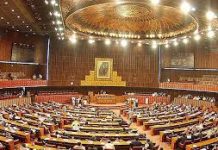







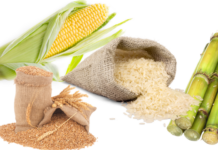
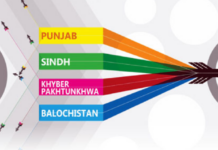

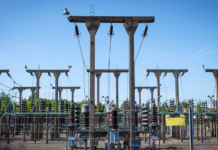



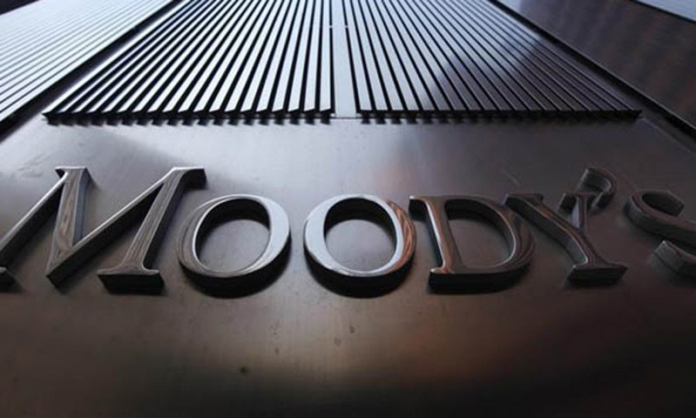




Its understandable, however more emphasis should be given in increasing the country’s GDP.